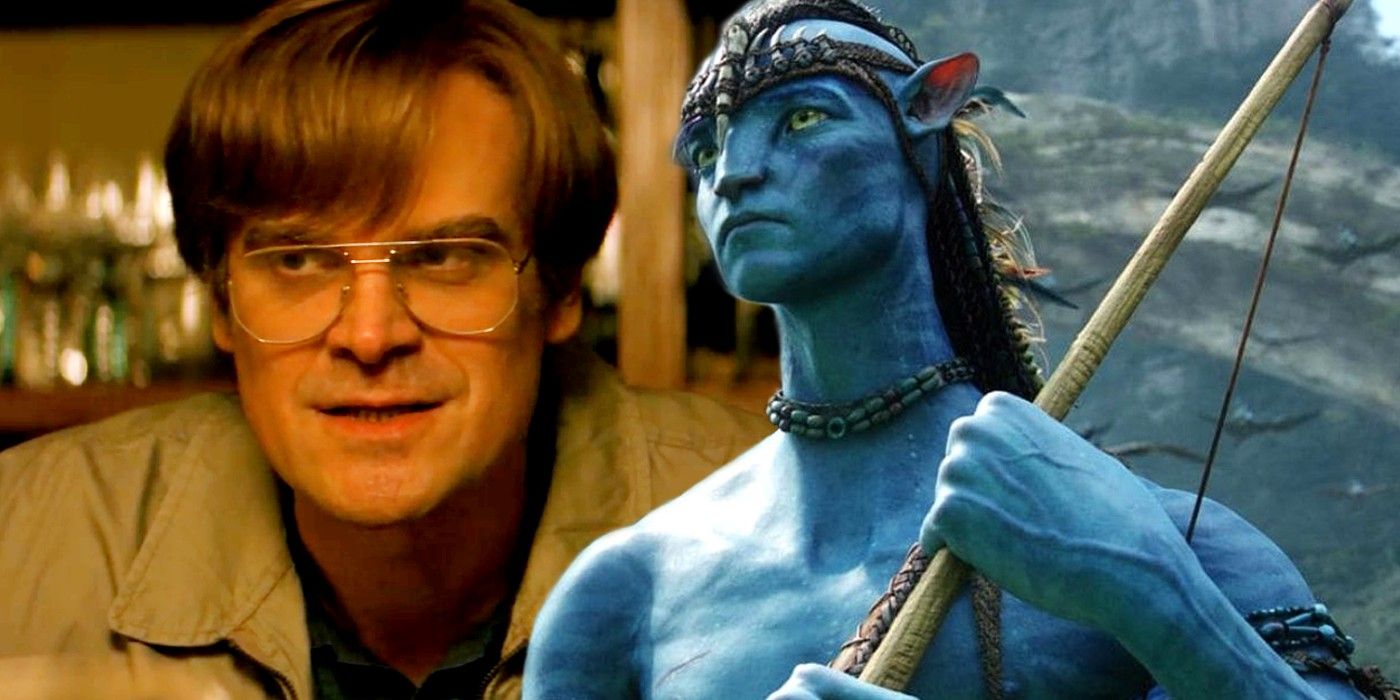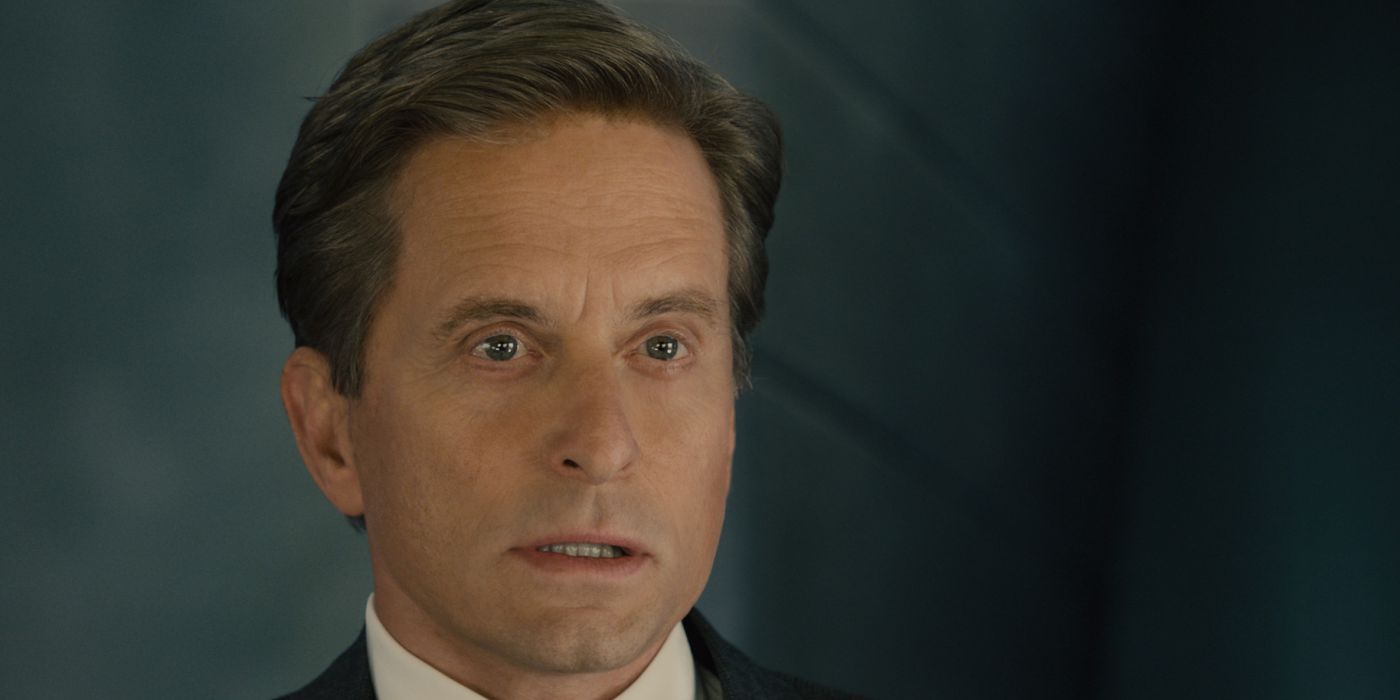
There's a growing trend of de-aging characters in Hollywood, with the technique becoming increasingly common - here's why the digital face-lift isn't just another short-lived gimmick akin to 3D. From early pioneers Westworld, Star Wars and Toy Story, CGI has come an awfully long way in an awfully short period of time, with technology allowing anything a director can imagine to appear on-screen convincingly. So advanced are modern CG effects, a live-action performance can be de-aged, seamlessly making an actor look years (even decades) younger. The MCU has utilized this technique to great effect with Robert Downey Jr., David Harbour, and Michael Douglas, but impressive non-Marvel examples can be found in The Irishman (Robert De Niro), IT: Chapter 2, and many more.
Naturally, some have suggested digital de-aging is nothing more than a passing gimmick in the mold of 3D - something that'll dominate for a short while before vanishing without a trace. Several attempts have been made to bring 3D to the masses, none of them successful. The most recent was spearheaded by James Cameron's Avatar, which utilized that extra third dimension wonderfully in bringing the setting of Pandora to life. Sadly, it wasn't long before 3D scenes were being awkwardly forced into movies for no discernible purpose, and directors soon stopped bothering altogether.
Though the comparison between increasing use of digital de-aging and the 2010s' 3D spree is understandable, the former should enjoy a much more enduring presence. Practically speaking, digital de-aging doesn't change how the viewer experiences a movie. With 3D, patrons were not only asked to wear comically over-sized glasses, but also to fork out more hard-earned cash for the privilege. This meant studios were keen to 3D-ize their movies and cash-in on the inflated prices, while fans had to be constantly convinced that the extra dollar was worthwhile. It was audiences rejecting 3D that ultimately killed the format. Digital de-aging, however, does nothing to inconvenience the viewer. This means studios are less likely to use the effect irresponsibly (as they did with 3D), and audiences aren't faced with a choice between an expensive film with de-aging and a cheaper ticket without it.

More importantly, digital de-aging actually leaves a significant impact on a movie's story. There are precious few examples of films truly enhanced by 3D. Avatar is certainly one of them, Gravity another, and Tim Burton made a good case for Alice in Wonderland. More often, however, 3D usage was unnecessary at best and blatantly cynical at worst. By contrast, digital de-aging opens up a raft of narrative possibilities. There's more opportunity for flashbacks because actors needn't be recast or caked in unconvincing make-up. Black Widow makes full use of this to explore Natasha Romanoff's childhood in Ohio - a crucial plot point that wouldn't have worked without a spot of CG youthfulness. In the case of The Irishman, digital de-aging allows a film to follow one character over a period of years without any distracting visual inconsistency. The best 3D could usually offer was something whizzing toward the screen during a fight.
But to paraphrase Jurassic Park's Ian Malcolm, "your digital de-aging specialists were so preoccupied with whether or not they could, they didn't stop to think if they should." Just because the de-aging effect has a brighter future than 3D, directors must still avoid the obvious pitfalls. The CG fountain of youth can look messy when done badly, and filmmakers must be sure the technique will look pretty enough before pressing ahead. Like 3D, movies must also avoid de-aging actors for no real purpose. Because of the storytelling opportunities it presents, however, expect to see more stars given the de-aging treatment in years to come.
from ScreenRant - Feed https://ift.tt/3y1fVTJ

No comments: